I still remember the first time I pulled a loaf of gluten free sourdough bread from the oven. It was golden, crusty, and filled the kitchen with the warm, earthy aroma only sourdough can bring. The best part? No one could tell it was gluten free. This gluten free sourdough bread recipe has since become a staple in my kitchen—and I can’t wait to share it with you.
Whether you’re celiac, sensitive to gluten, or simply exploring gluten free living, this recipe is a game-changer. It’s perfect as a hearty breakfast slice, toasted with avocado, or served alongside your favorite soups and stews. Unlike most gluten free bread, it doesn’t crumble or taste dry. Instead, it’s soft inside, crusty outside, and full of that signature sourdough tang.
There’s a bit of a learning curve, especially if you’re new to gluten free baking, but don’t worry, I’ve got you covered with tips, tricks, and helpful insights I’ve learned from baking dozens of loaves. Let’s dive into what makes this recipe stand out.
Table of contents
Why This Gluten Free Sourdough Bread Recipe is Worth Your Time
There are dozens of gluten free bread recipes out there, but few deliver the satisfying chew and depth of flavor that traditional sourdough is known for. What sets this gluten free sourdough bread recipe apart is its balance of structure and softness. Thanks to a carefully selected blend of gluten free flours and a lively wild yeast starter, it mimics the texture of wheat-based bread without compromise.
The key lies in fermentation. The wild sourdough starter not only helps the bread rise naturally without commercial yeast, but also develops gut-friendly probiotics and complex flavor. For those avoiding yeast or additives, this is a huge bonus.
This recipe uses whole grain gluten free flours like sorghum and brown rice flour to give body and nutrition, while tapioca and psyllium husk powder bind everything together. If you’re new to sourdough, building a gluten free starter takes a few days, but once you have it going, you can maintain it easily.
Another benefit? You can tailor this recipe to your taste and pantry. Add seeds for crunch, herbs for aroma, or swap out flours if you prefer a lighter crumb. It’s surprisingly flexible once you understand the foundation. Finally!! this sourdough bread is good for weight loss.
Recipe Card
Tips for Homemade Gluten free Sourdough Bread
- Starter Maintenance: Feed your sourdough starter with equal parts gluten-free flour and water weekly to keep it active.
- Gluten free flours behave differently from wheat, and measuring by cups can throw things off. Use a digital scale to ensure precision and consistency in hydration and rise.
- Texture: For a lighter crumb, add an extra tablespoon of olive oil to the dough.
- Unlike conventional bread, gluten free dough needs a long bulk fermentation to build flavor and texture. Let it rise overnight at room temperature, ideally 8 to 12 hours, until puffy and airy.
- Flavor Boost: Add grated cheese or sun-dried tomatoes for an extra layer of flavor.
Delicious Ways to Make This Gluten Free Sourdough Bread Recipe Your Own
Seeded Gluten Free Sourdough
Add crunch and depth by folding a mix of seeds into your dough. I like sunflower seeds, pumpkin seeds, and flax for a nutty, earthy texture. You can also sprinkle some on top before baking. Toasting the seeds beforehand adds even more flavor.
Whole Grain Gluten Free Sourdough
Want something more rustic? Swap out some of the white gluten free flour for whole grain options like teff, millet, or sorghum flour. These grains bring a darker color, rich flavor, and added nutrients. Just adjust the hydration slightly, as whole grains tend to absorb more water.
Herb and Garlic Gluten Free Loaf
Infuse the dough with chopped fresh herbs like rosemary, thyme, or chives, along with a clove or two of roasted garlic. This version is especially good for sandwiches or as a savory side to soups.
Sweet Breakfast Sourdough
If you prefer a slightly sweet loaf, add a tablespoon of honey or maple syrup to the mix. I love throwing in some raisins or dried cranberries along with a pinch of cinnamon. Toasted with almond butter, it’s a dream.
FAQs
Store in an airtight container at room temperature for up to 3 days. For longer storage, slice and freeze the bread.
Yes, just ensure it’s a gluten-free blend with xanthan gum for structure.
Gluten-free sourdough tends to have a slower rise time due to the lack of gluten. Be patient—it’s worth it!
Yes! Use 1 packet of active dry yeast instead of the starter, but adjust the rising time to just 1-2 hours.
Sourdough bread can support weight loss better than regular bread because it has a lower glycemic index, helps with digestion, and keeps you full longer. However, portion size still matters.
Gluten Free Bread That Actually Tastes Like Bread
There’s something incredibly satisfying about baking your own gluten free sourdough bread from scratch, especially when it comes out with a golden crust, airy crumb, and full flavor. This recipe has changed the way I think about gluten free baking, and I hope it becomes a staple in your kitchen too. It’s friendly to different diets, endlessly customizable, and easy to integrate into weekly meal planning.
If you enjoyed this gluten-free sourdough recipe, try our Cottage Cheese Flatbread, a soft and savory flatbread that’s perfect for wraps and sandwiches.

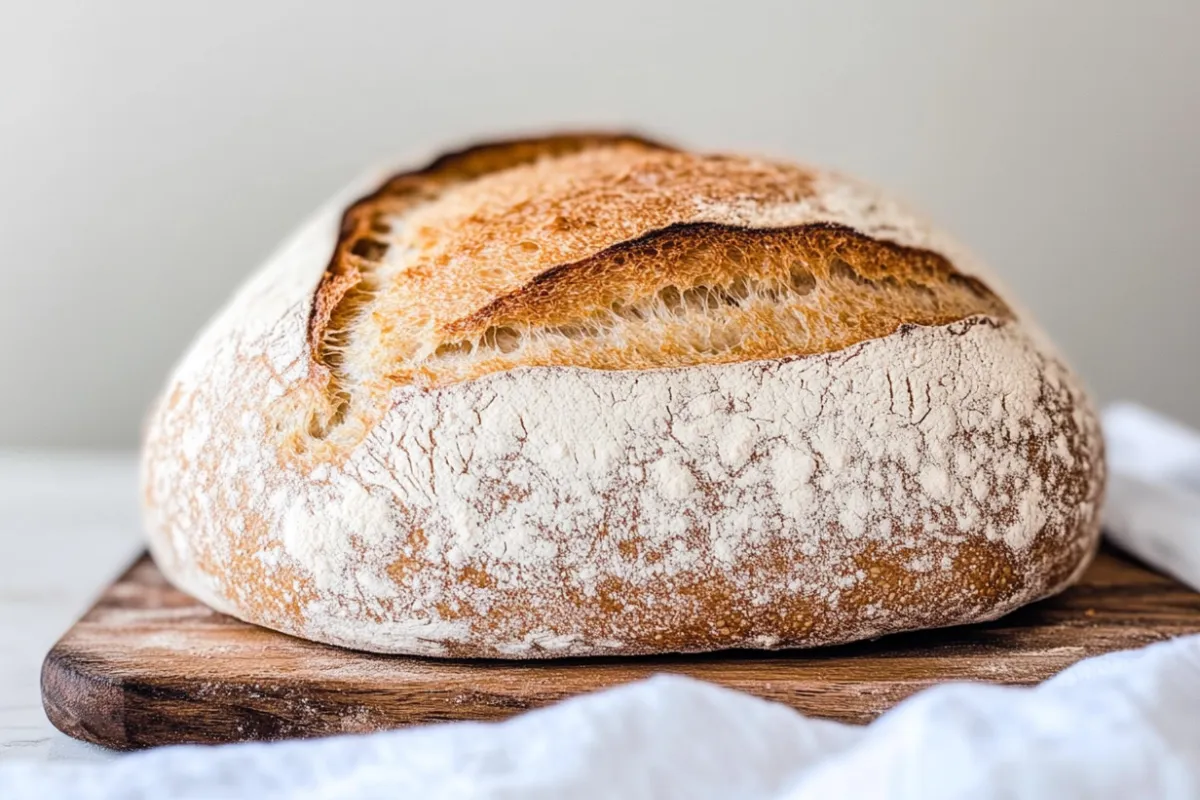
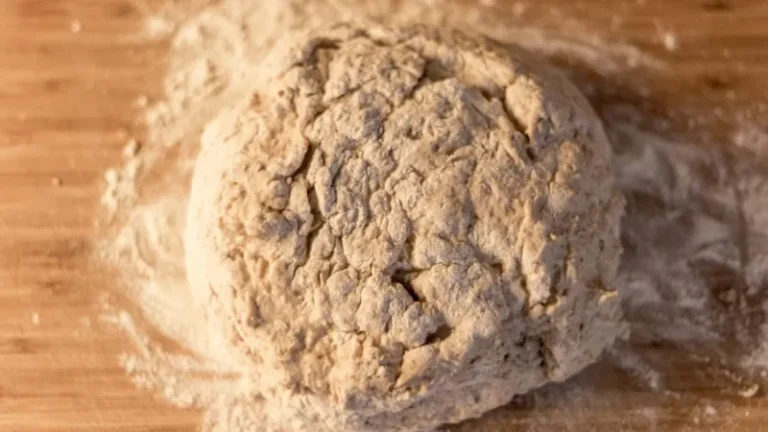
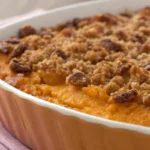




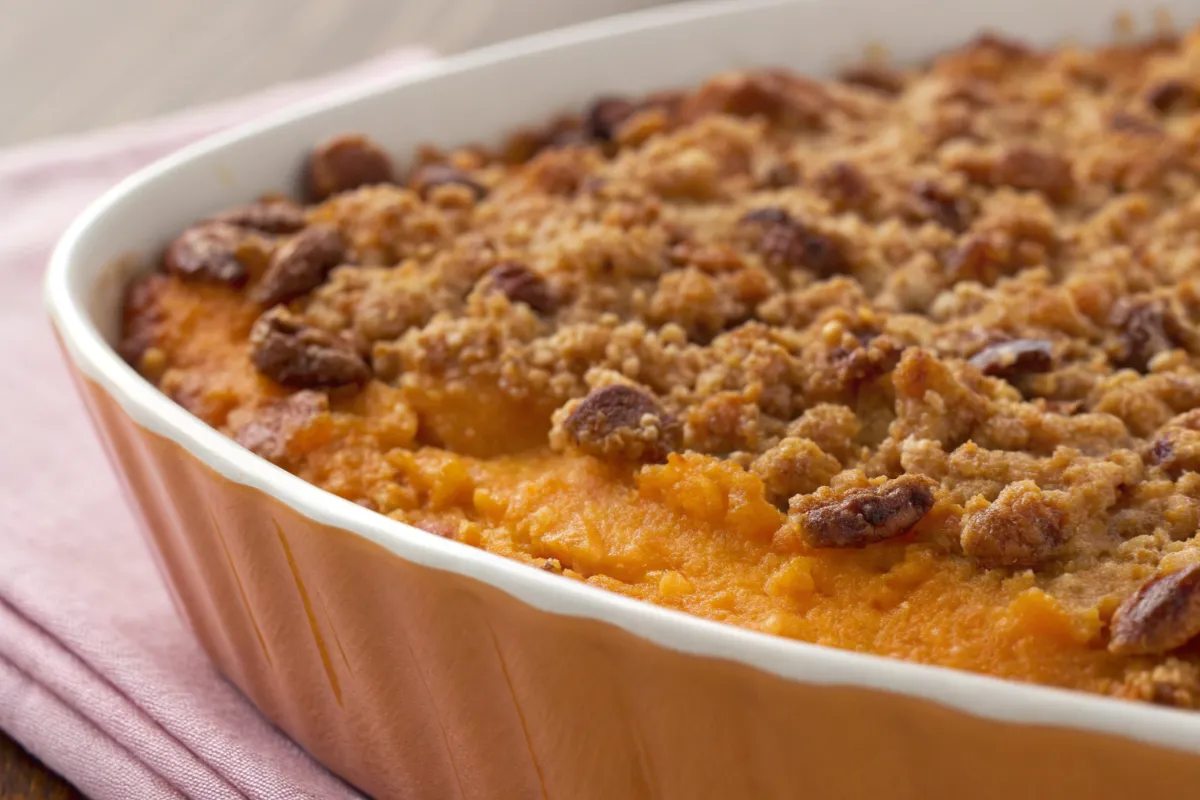
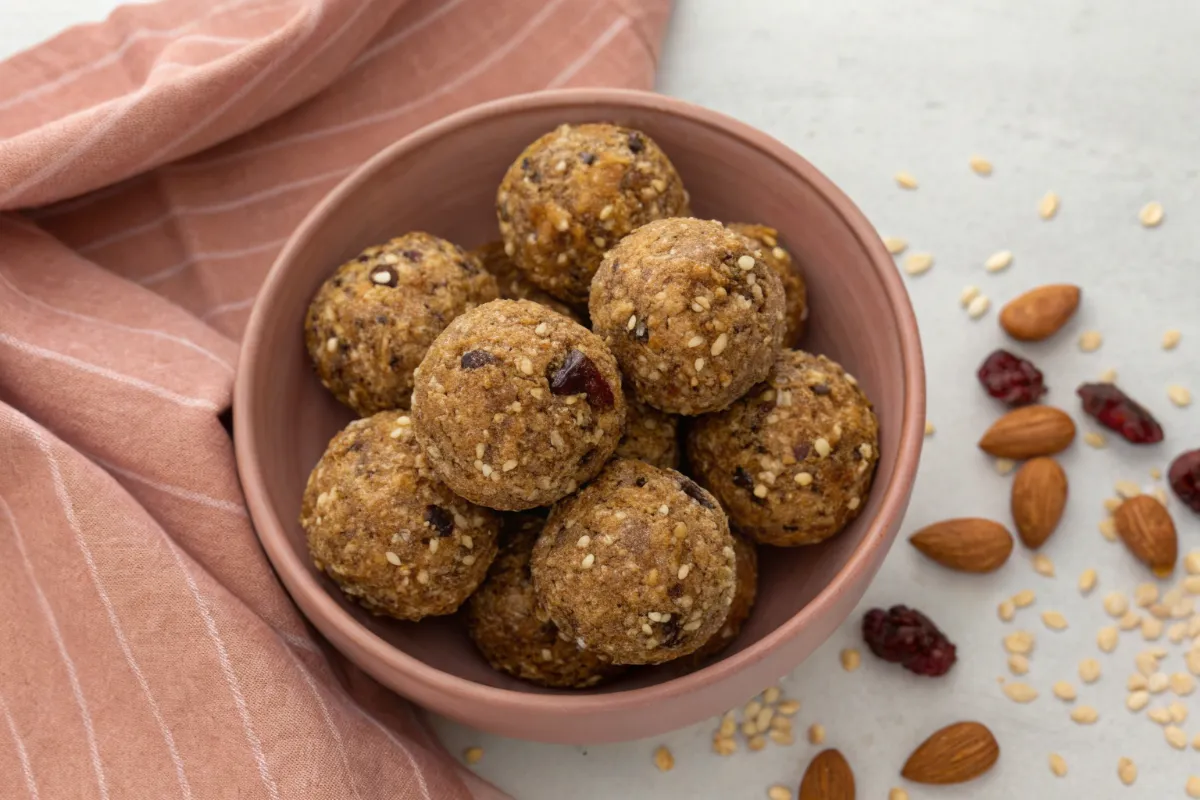
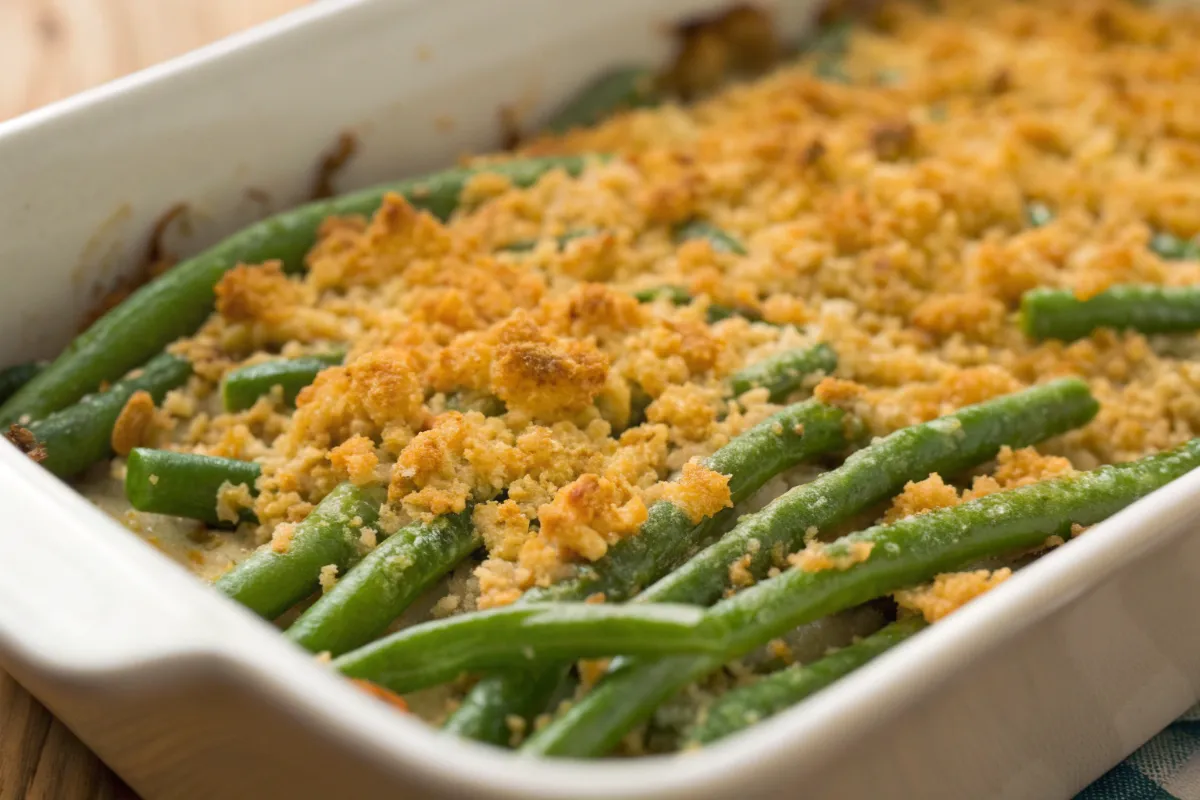
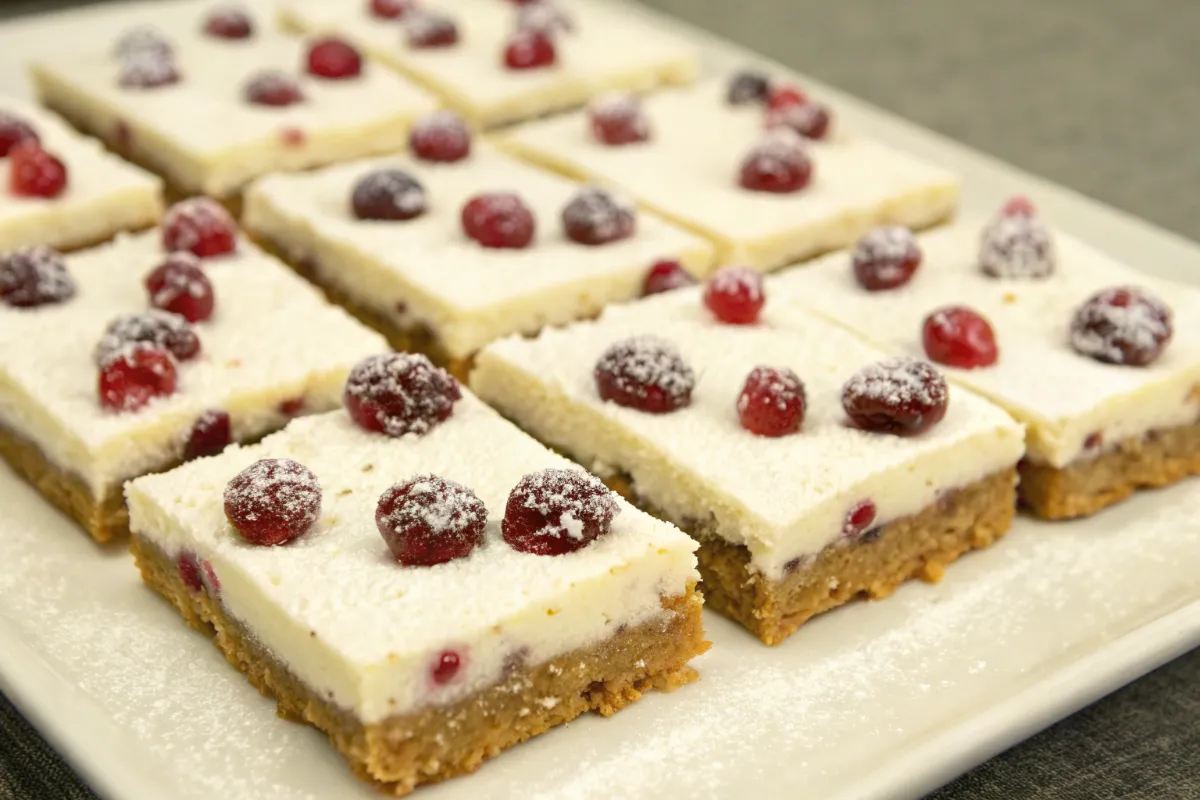
Leave a Reply